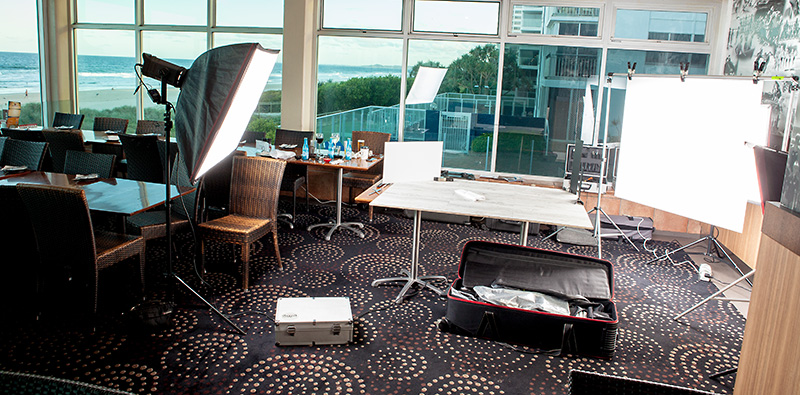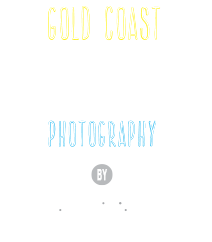
My food photography clients are widely varied in their business types, but their needs when planning a food shoot are often similar. So here is a list of things that I commonly encourage clients to consider when planning their food photography shoot.
– First, you’ll need inspiration for the art direction or ‘look’ of your food shoot. Start looking through my food photography folio and social media feed. Also be sure to look for inspiration from other photography, magazines, sites or food business marketing collateral. Think about if you’d like wide variation between the look of your dishes or a consistent look to your suite of images. As a third option, perhaps a daytime then an evening feel to the light will provide the variation that you’d like in a cost-effective way…
– Think about how much of the set you want in the shot. The more ‘table’ we have in the shot, the longer the shots can take, as there’s more propping to think about and change around. Even if you’d like the same setup for all shots, you’ll still find that prop changes are needed as a result of wanting a white wine in the background instead of that beer, as it goes better with fish, for example. Also, some plates have a higher lip than others (between soups, dinner plates etc), so what works for one shot won’t work for the other, as the serviette and cutlery will be hidden by a taller bowl etc. You’ll start to understand the variables once we start shooting and why food photography almost always takes longer than anticipated!
– If your business is a restaurant or cafe, have a selection of serviettes on hand and also make sure the tablecloth is well-ironed of creases (if applicable). A few serviette colours is good, if possible – just white and dark grey/black is a starting point. No patterns, as these date shots quickly once fashions or seasons change. These will of course need to be cloth – not paper (even if your food venue only supplies paper in reality).
– Think about table surfaces. If your venue’s tables are dated or worn, don’t shoot on them. Tablecloths are generally quite a dated look also (unless fine dining), with interesting rustic, timbers being a contemporary example. The table surface is very important in food photography.
– Think about if you’d like to be completely true to the venue regarding what a table will be set with (ie: just use what you normally have there), or if you’d like to bring in a few special props to make the shots look nicer.
Either way, I recommend only using plates/bowls with a LOW rim. This allows us to ‘see’ the food and lessens shadows being cast by lights that can’t get ‘inside’ the dish to light the food. Tall crockery may look cool, but it hides the food, so is best avoided for the purposes of a food shoot.
– Are you (wisely) open to using a food stylist? If so, you don’t need to think about much of this! I work with a genius food stylist who has a wide range of custom timbers and other textures we can shoot on, plus access to his plethora of proppery and textiles to complement any food manufacturing, restaurant or cafe business. Well-versed in the craft of art direction and knowledgeable about current food trends, food stylists bring enormous value to a project.
You can also refer to the FAQ section of this site which has lots of helpful pre-shoot info and things to ponder prior to the shoot. You’ll find it very helpful.
The above is just what pops to mind – please do feel free to contact me to fire any other questions my way once you’re ready to shoot and take your food industry business to the next level.


Recent Comments